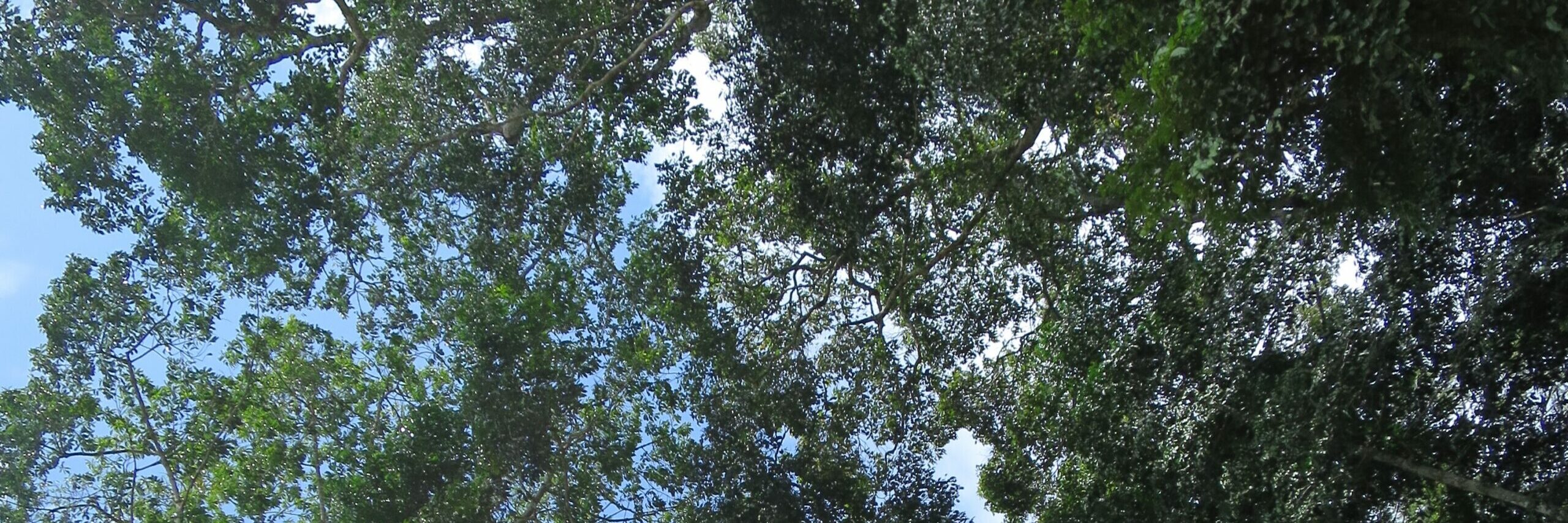Eco-somatics, Socio-somatics and why these dynamics are so fascinating
Ecosomatics explicitly connects the human body or soma, and eco- as in ecologies. Soma is another way of saying body, and refers to how a person can directly perceive their bodily sensations. Especially in the field of somatic practices, the term ‘body’ means the phenomenon of a human body observed from the outside, whereas the term ‘soma’ refers to all the internal bodily sensations and workings as perceived by a person themselves. The emerging field of Ecosomatics, brings together soma as this direct sensory perception of the body, also termed proprioception and interoception, with the awareness and perception of the human body as integrated part of our surroundings, environments, ecologies. Bringing the eco- and the somatic together into eco-somatic, underlines human ecological embeddedness, how we are ecosomatic beings, bodying and emerging with Earth ecosystems.
My fascination for Ecosomatics keeps growing, and I strongly believe Ecosomatics is relevant to issues around human and planetary health, ecosystemic thinking+doing, sustainability and (re)generative cultures, and decolonial approaches to power. Ecosomatics is particularly pertinent to easing eco-anxieties and to generating a different awareness for the importance of biodiversity in human survival. Through ecosomatic practices we can discover more about what is nowadays referred to as the more-than-human, meaning things, living beings, or physical forces beyond the human.
Following my time living with the Baka egalitarian hunter-foragers in Central Africa, my understanding of Ecosomatics also builds on the notion of socio-somatics. Socio-somatics means our ancestors’ egalitarian practices of keeping power circulating, so that no one person or group can dominate over others (Weig 2021). Socio-somatic practices challenge and invert relationships of power, dominance, and authority, in fun and enchanting ways. To enable such power-with, instead of power-over, ecosomatics focuses especially on activities that bring bodyings into visible and invisible resonance. Humans move and sense with each other as much as with gravitational forces, with the ground under our feet. Acknowledging this as resonant and relevant for our human everyday lives, and our joint futures, is something we can call Ecosomatic Aliveness (Weig 2021).
Over the last few years, I have explored the potential of ecosomatics and Ecosomatic Aliveness through different collaborative projects, as well as through my individual research into fascia, our bodily connective tissue. Here is a list of projects, which show how our bodies do not end with our skins, and how what we once thought were fixed boundaries between bodyings, between human bodies and other entities, start to break down joyfully through ecosomatic practices. I am particularly curious about how plant bodies challenge our understanding of individual and collective bodies, and how finding or deepening resonance with plant beings can open up human bodies to deeper sensitivity. Attuning our imagination and awareness generates novel response-abilities, or what Vanessa Andreotti calls metabolic literacy, with the vegetal planetary metabolism that we are all part of.
My work is dedicated to activating how we both depend on this planetary metabolism and how it infuses us with the ecosomatic aliveness to live incredibly rich and fascinating lives.
Enjoy discovering the projects and please get in touch with comments or questions!
Ecosomatics References
Over the years many thinkers and body practitioners have influenced my understanding of how to grasp the Human Body, and what Ecosomatics can mean. Below is a short list of the main references, which I will keep updating as I discover new generative input.
- Weig, Doerte (2021), Tensional Responsiveness: Ecosomatic Aliveness and Sensitivity with Human and More-Than, Bielefeld: Transcript.
- Machado de Oliveira, Vanessa 2021. Hospicing Modernity. Facing Humanity’s Wrongs and the Implications for Social Activism. North Atlantic Books.
- Hanna, Thomas 1986. What is Somatics? Somatics V(4).
- Atchinson, Jennifer & Head, Lesley 2013. Eradicating bodies in invasive plant management. Environment and Planning D: Society and Space, V31, 951 – 968.
- La Puig de Bellacasa, María 2017. Matters of care: Speculative ethics in more than human worlds. Minneapolis: University of Minnesota Press.
- Rouget, Gilbert & Buckner, Margaret 2011. Musical efficacy: Musicking to survive – the case of the pygmies. Yearbook for Traditional Music 43, 89–121.
- Walla, Nala 2012. Body as Place: A Somatic Guide to Re-indigenization, in Keogh, Martin (ed.): Hope beneath our feet: Restoring our place in the natural world. Berkeley: North Atlantic Books, 260–273.
